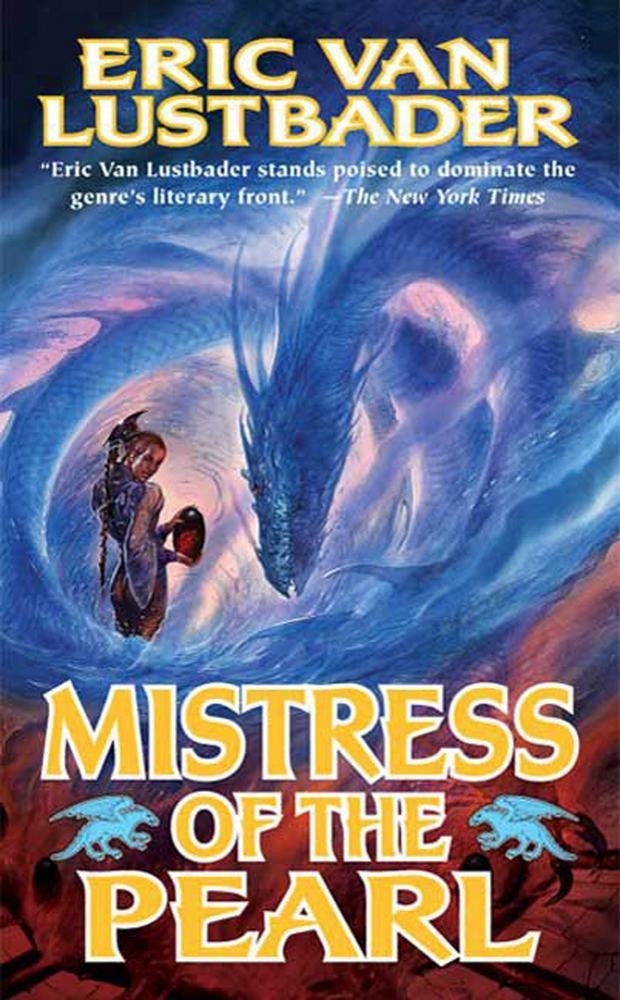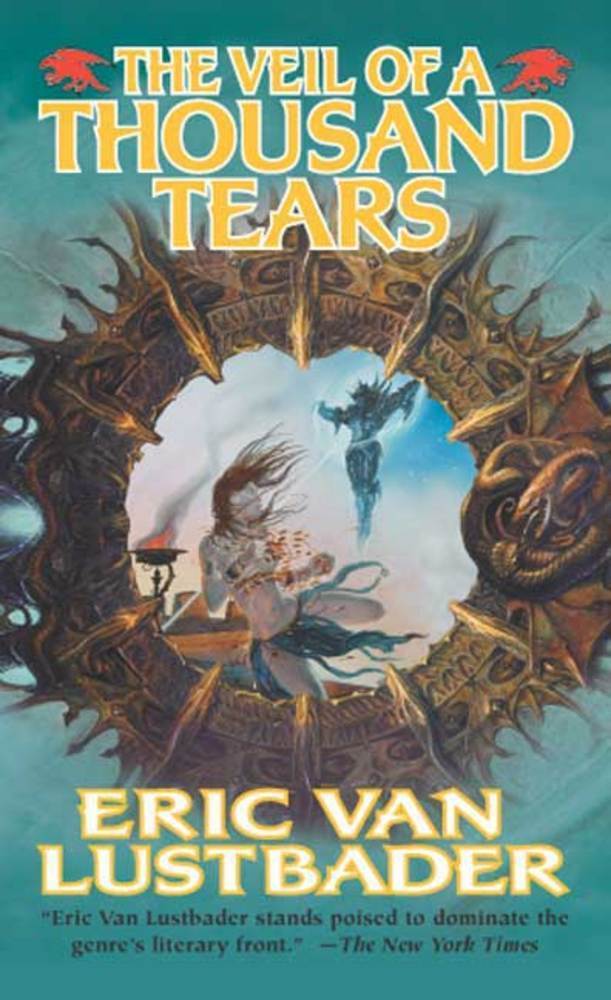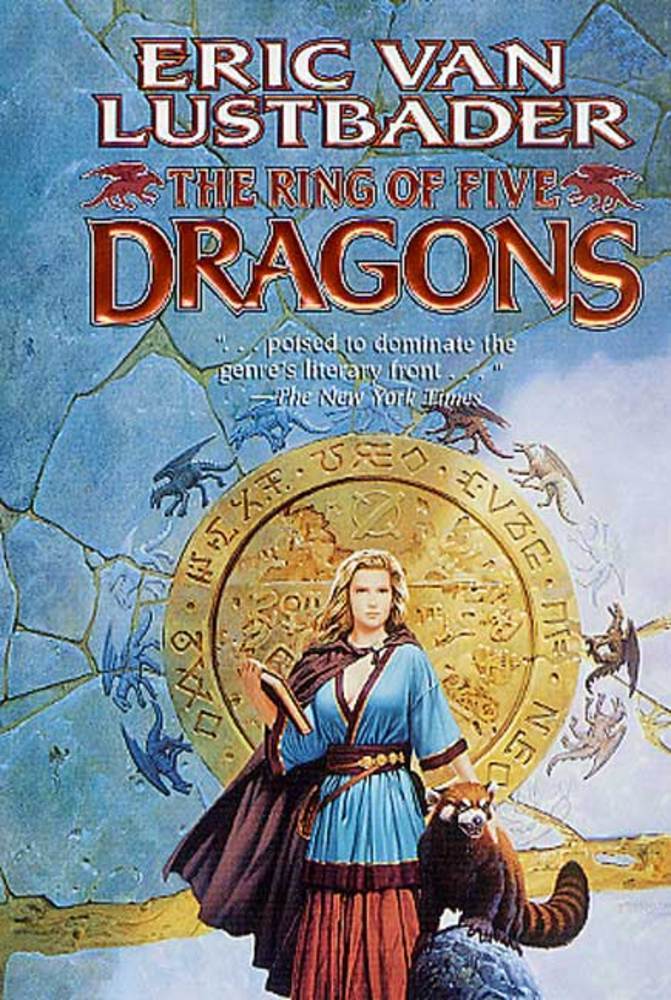The Pearl Saga
Behind the Series
Though I’ve loved writing all three volumes of The Pearl Saga, Mistress of the Pearl has a special place in my heart. It was written during a difficult time for me, a time full of loss and disillusion. The plot of the novel you will discern for yourselves, but the sub-text of the story concerns love and loss.
The characters who populate it, new and returning, all in some way are profoundly affected by love. And yet, “Mistress of the Pearl” is not merely a traditional love story, for it is more concerned with the effects that love can have on people — all forms of love, romantic, familial, friendship.
Love has many aspects, and just as many consequences, often unforeseen, not all of them positive. One of the universal truths that defines love is that it is a form of letting go. When you love someone you lose yourself completely in the feeling. That’s often good — and just as often healing. But it can also have dire consequences, especially if you’re someone like Kurgan, my wonderful main antagonist. And if you’re Sahor, the former Gyrgon, you’re not equipped to deal with love at all. And as for my delicious Krystren, well, you’ll find out for yourselves. Suffice it to say that her devotion to her brother is the kind of love I’d imagined from the sister I’d always wanted and never had.
For me, “The Mistress of the Pearl” was a form of letting go, a solace from my sorrow. Each day, when I returned to the world I’d so lovingly and painstakingly created, I felt both surrounded and supported by my characters. It may be strange to say, but it’s the truth. They — all of them — live for me, as I hope they will for you.
I am often asked how much research I have done for The Pearl saga. I did quite a bit at the beginning. In fact, the Kundalan society is for the most part based on that of ancient Crete, which was the last great goddess-based civilization before successive waves of male-dominated warlike people swept down from the north to invade and conquer all of Europe and what is now known as the Middle East.
To me, far and away the most interesting aspect of Cretan society was that males and females shared equally in power, and that is how I imagined Kundalan society before its moral and spiritual breakdown, and before the coming of the V’ornn. If you would like further edification, I would direct you to the wonderful book The Chalice and the Blade by Riane Eisler. I was so taken with her theories of archaeology that I named my heroine after her.
Otherwise, my research had mainly to do with language. Language, of course, is at bedrock both the engine that makes a civilization go, and the key that unlocks its beliefs and morays. I spent a long time thinking about and devising the languages of Kundala and of the V’ornn. It was a tricky thing. Since neither society was Earth-based I could not, as Tolkien-based fantasists do, call my characters Bob and Bill. On the other hand, I knew I could not make the names sound too alien because then they would be virtually unpronounceable.
The discerning reader will already have guessed that in this crucial way I am a Tolkienist, in that my fascination with language is complete, and so language finds its way into every aspect of The Pearl series. Character names, places and the phrases my characters speak in dialect are all important to me because, like Tolkien, I know that these words have the power to conjure up unconscious feelings in the reader, and in this way binds the reader more closely to the characters and deepens the dramatic events as they unfold.
In this vein, many of the wonderful place names on Kundala, such as Heavenly Rushing, Joining the Valleys and Exchange Pledges are actually translations from the Chinese of chi points, described to me by my acupuncturist. I chose these deliberately. Since the Kundalan culture is a spiritual one, I wanted names that created in the reader’s mind a sense of a connectedness between mind and body.
The language of the Korrush — in “Veil of A Thousand Tears” is based on Arabic, although again I have “molded” the words and phrases I encountered to better serve the novel’s purposes.
A final note about language: If the reader cares to take the time, many small jokes on language will be found within The Pearl series. To give just two examples, I named the birds gimnopedes, after the word gymnopedie, which the French composer and pianist Erik Satie (1866-1925) named a number of his compositions. In Satie’s music, I imagined their flight. Similarly, I named the hulking beasts hindemuths after the German composer Paul Hindemith (1895-1963), whose discordant compositions I find disturbing and ponderous.



